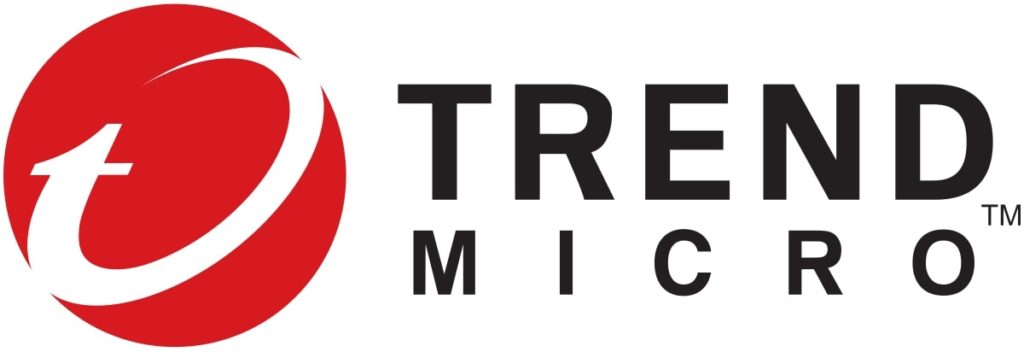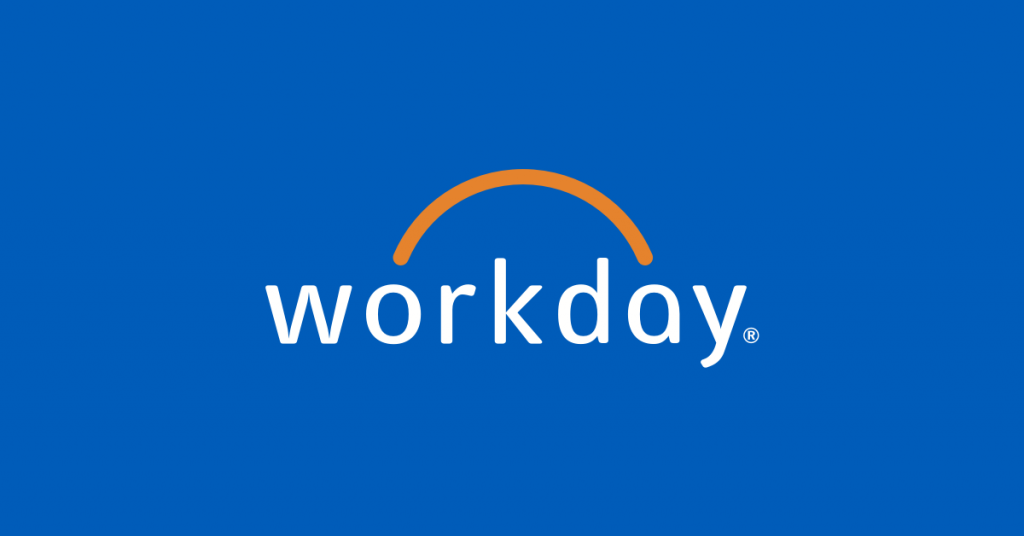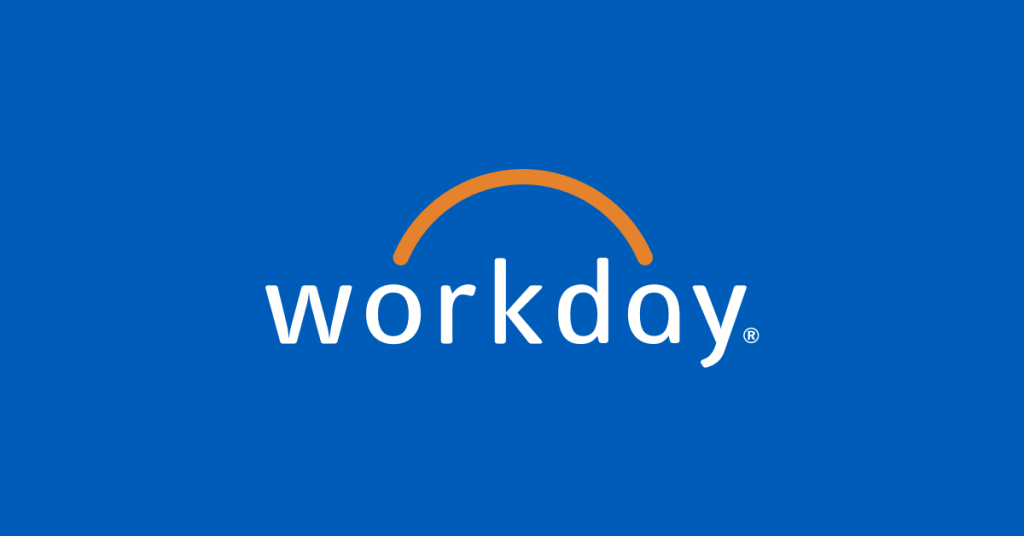Trend Micro – The World’s Largest Web Security Firm.
The past few years have been years of fast growth for the internet and other web services. From sending instant messages to making online payments, everything has been really easy for every person. But with this ease of doing things, the internet has also brought danger to the security of data and other important assets online. To deal with such situations, lots of firms and developers are already working dedicatedly to ensure safer web surfing to making big transactions online for people. One such name which has been successfully providing cyber security services to its clients is Trend Micro.
About The Company
Trend Micro Inc., aka Torendo Maikuro Kabushiki-Gaisha, is an American-Japanese multinational cyber security company founded on 24 October 1988. The company has its global headquarters based in Tokyo, Japan, and Irving, Texas, United States. It has been working to provide software solutions, cloud computing as well as cyber security services to its clients all around the world for the past 32 years. The cyber security solutions by Micro Trend cover all platforms based on VMWare, Microsoft Azure, Google Cloud, and Amazon AWS, etc. The company has also launched its research, development, and support center, named TrendLabs, operational in different parts of Asia, Europe, and North America.

The Founding of Trend Micro
Steve Chang, along with his wife, Jenny Chang, and her sister, Eva Chen, founded Trend Micro on 24 October 1988 in Los Angeles. The company started off by selling protection dongles to a United States-based Rainbow Technologies. Soon the founders shifted the company headquarters to Taipei, and Trend Micro acquired a Japanese software firm in 1992, moving the headquarters to Japan. The company bagged a contract from Intel and supplied anti-virus to the latter. Intel also helped Trend Micro to sell its anti-virus in the US and Europe.
In 1996, Trend Micro partnered with Novell. The company got listed on the Tokyo Stock Exchange in 1998, and the next year, it start to trade on the United States-based NASDAQ. The company expanded its operations by acquiring companies like Braintree, Third Brigade, Identum, Kelkea, InterMute, and Provilla, etc. These acquisitions also helped Trend Micro to open offices in various parts of Europe, America, and Asia. By the end of the 2000s, Trend Micro was already making IP filtering software, antispyware programs, antispam software, data loss prevention software, and ID-based email encryption software.
With the acquisition of Leeds in June 2010, Trend Micro started to provide cloud-based data storage and synchronization services, too. In the next decade, the company acquired names like Mobile Armor, AffirmTrust, Broadweb, IMMUNIO, TippingPoint, etc. In 2013, the company moved its headquarters to Irving, Texas, and the next year, it established a partnership with INTERPOL to provide its Threat Intelligence Service to the latter. Company also bagged a contract from Microsoft to offer Cloud App Security to Microsoft Office 365, which later was adopted by companies like Dropbox and Google Drive.
In 2015, Company got certified as a VCE validation ready as well Vblock ready solution. The company also added Deep Security to its platform. Trend Micro has also been investing in startups for quite some time now through its venture capital subsidiary named Trend Forward Capital. Few of its major investments include Veem, Muse, Mojio, and Interaxon. The company had a partnership with Telco Systems in 2017 so that to expand its operations into virtual network cybersecurity. The next year, Trend Micro partnered with Cybersecurity Tech Accord to design programs to deal with malicious attacks by cybercriminal gangs and nation-states.
The Founders
Steve Chang, along with his wife Jenny Chang and her sister Eva Chen, founded Trend Micro in 1988. He is a renowned Taiwanese businessman born in Pingtung, Taiwan, in 1954. Chang did his schooling at the National Pingtung Senior High School and attained a graduate degree from the Fu Jen Catholic University in 1977. He also went to the US to pursue a post-graduate degree in computer science from Lehigh University in 1978 and graduated in 1979.
Chang started his career at Hewlett-Packard in Taiwan, where he held the post of head of sales operations, handling operations in seven countries. After gaining enough experience, he decided to start Trend Micro in 1988. He was the first CEO of the company. Chang is a popular businessman and has won awards like “Star of Asia” by Business Week for his work.

Yashica is a Software Engineer turned Content Writer, who loves to write on social causes and expertise in writing technical stuff. She loves to watch movies and explore new places. She believes that you need to live once before you die. So experimenting with her life and career choices, she is trying to live her life to the fullest.







